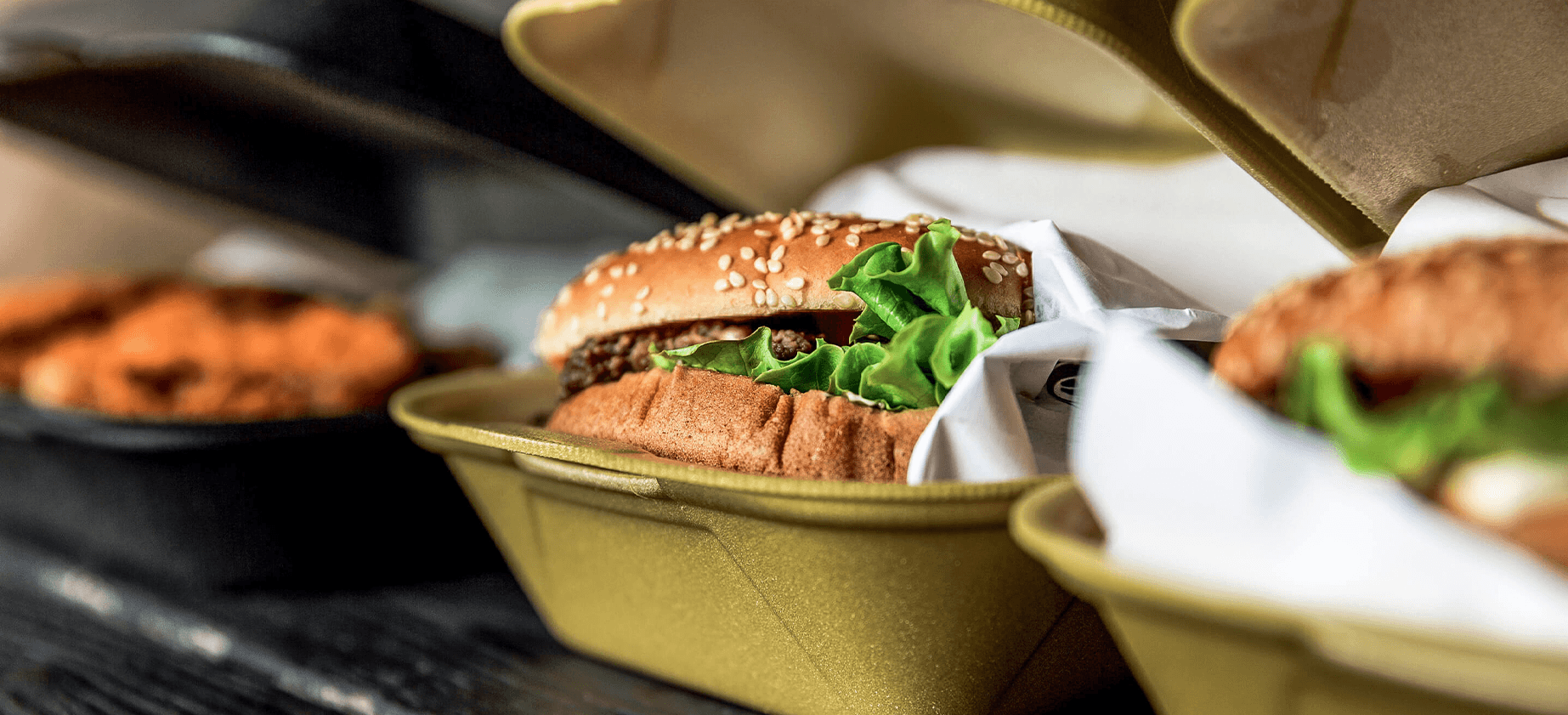During the first Rational ‘Trend Talk’ webinar on ghost kitchens, US foodservice consultant Joseph Schumaker FCSI, founder and CEO of FoodSpace, was asked his views about an apparent “trade-off” customers must choose between the experience of dining in a physical restaurant with the convenience of food delivery. Must the two be mutually exclusive? Schumaker replied that “humans will always sacrifice a little experience” for the sake of convenience, but believed operators will have to eventually think of ways to elevate the food delivery experience. The question remains then: can food delivery and the ghost kitchens that provide for them crack the intractable Gordian Knot and improve the quality of the customer experience, while still maintaining the convenience of super-fast service? Fellow consultant William H. Bender FCSI, founder & principal at W.H. Bender & Associates, believes that “there does not need to be a trade-off” in terms of the customer experience when it comes to food delivery, supplied by a ghost kitchen, provided that certain key elements are in place. For Bender, the essential components for a high-level guest experience in food delivery include the following: ease of purchasing and restaurant information and menu presentation (menu engineering) with all the necessary information and data; greeting customers with the recognized ‘ServPoints™ Sequence of Service’ followed exactly by the company delivery representative (including them saying, “Thank you for being our guest”); a company representative wearing “a perfect uniform with professional grooming”; order accuracy, with the order being recited at the point of handover; proper packaging for all items, including the carrying bag or box; ensuring the order is complete and verified; ensuring special requests have been included or addressed and completed; the timing and temperature of the food are on target; the tag is attached to the order slip or back with the person who packed the order; branded directions for reheating and other marketing materials are included. “When leadership is in place and the ServPoints™ are executed correctly, even by a ghost kitchen, a delivery ‘customer experience’ is convenient,” says Bender. Only then, he says, can the goal cited in Zergio Zyman’s seminal book The End of Marketing As we Know It – of each restaurant delivery brand being “different, better and special” – be achieved.
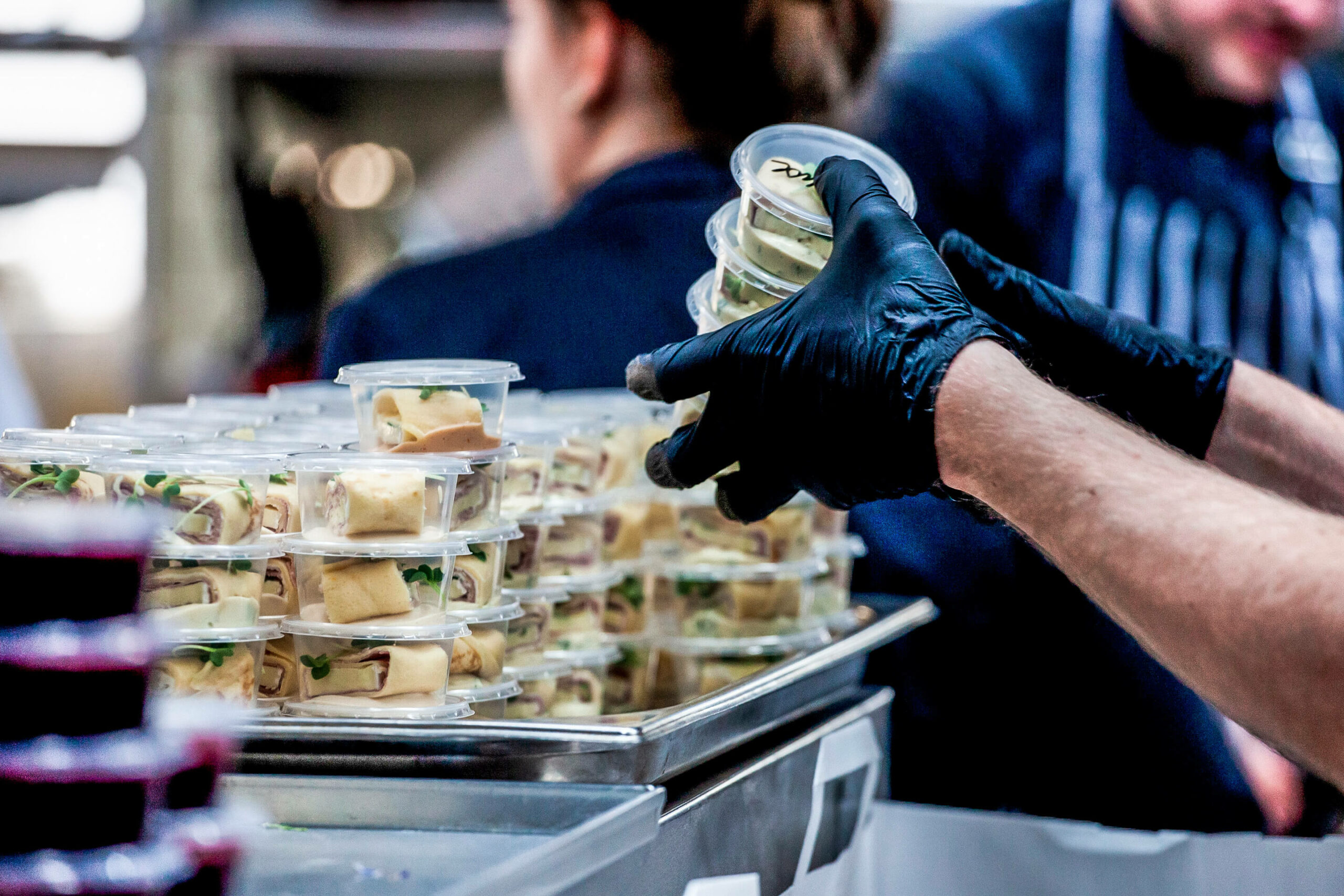
Image: Shutterstock | jessehamad
Adding value
Consultant Rudy Miick FCSI, founder and president, The Miick Companies, LLC, also agrees with Bender that there need not be a trade-off, but feels there is much work to do to improve the food delivery experience for customers. “The fast answer is no. More so, delivery has the potential of being value-added and enhancing the guest/customer experience. Sadly though, the value-added part – the experience part – is a negative as often as not,” says Miick. “Food delivery is a convenience. After all, food is delivered to our door. But, convenience at what price? I need not drive or walk or induce effort to get the food I choose. Great. Convenient. However, how bad is the food, or unsanitary the delivery on reception?” For Miick, the challenge of “value or experience” is getting the order to the customer: hot food staying hot/cold food staying cold and “packaged to a brand standard that is equal or better quality than I would receive in the restaurant/store itself.” The opportunity for ghost kitchen operators, says Miick, of all our learning during the Covid-19 pandemic is this: “My brand is sacred. How do I package a product in a way that travels well and as great as it is in the restaurant? Do that! This action is a choice and an investment in itself – to do the due diligence to care enough about the brand to achieve both the experience and the convenience. Great delivery, where all functions are a match (quality, packaging, experience) and a price is added for said delivery, is value. Just like most things, value is perceived and ever more valued when consistent.” For Miick, the ghost kitchen element here is essentially “irrelevant” because “food could come from a commissary, ghost/catering kitchen or the restaurant.” Instead, he believes, the emphasis should simply be on the “quality of product, quality of product packaging and quality of delivery experience – the person or vehicle delivering also impacts the experience. Venue is irrelevant, just an excuse,” says Miick.
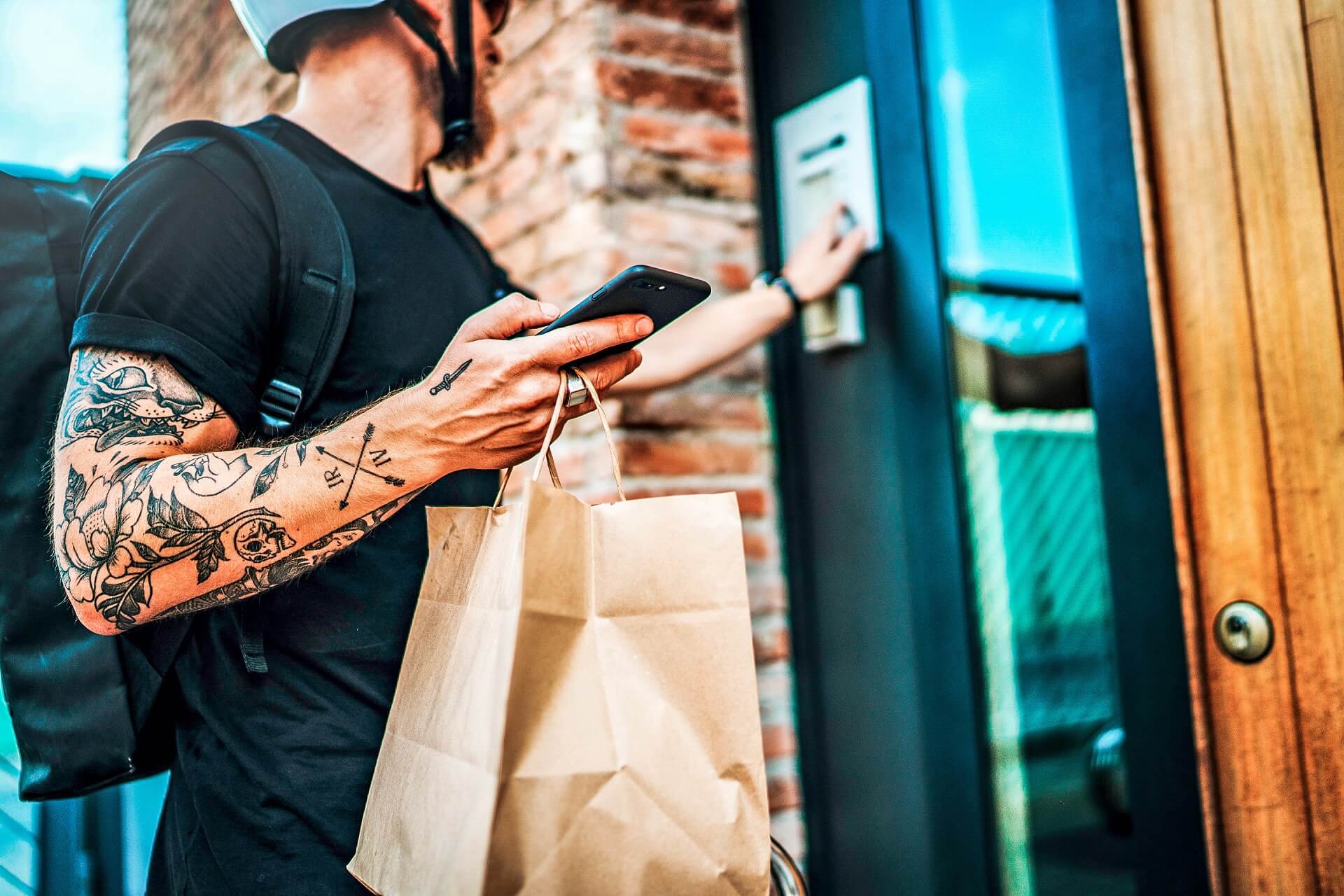
Image: Shutterstock | SFIO CRACHO
Essential touchpoints
Arlene Spiegel FCSI, president, Arlene Spiegel & Associates, Inc believes the food delivery model “creates a journey where many touchpoints can make or break” the guest experience. “It starts with the ease of accessibility to the menu, either on an app/mobile device; the company’s website; via phone-in; or even a QR code on a postcard,” she says. “The journey continues with the ordering process, especially in the organization and graphics of each menu item including descriptions, modifiers and prices. Communicating along the way with emails or texts from the foodservice provider acknowledging the receipt of the order and a tracking tab to anticipate arrival time. The final touchpoint is always the quality and care of the way the food is packaged.” There is, says, Spiegel, therefore “no trade-off” required if every detail is considered and delivered. In fact, she says, “it is instead “an opportunity to establish the brand as ‘better than’ in the delivery category.” So, which food delivery brands are currently getting this right? For Miick, traditional foods that “travel well” are still “pizza, wings and noodles/rice/beans products. Test kitchen production is critical to this experience. Testing production, packaging and service/hand-off is all a brand choice. Without testing, without conscious awareness by brand owners, there’s a set up for failure.” And, says Miick, that doesn’t matter if the operation is a concept, mom and pop independents, chains or a franchise. As far as Spiegel is concerned, “ironically, the traditional restaurants such as pizza, Asian, and burger concepts have mastered delivery and faired very well during the pandemic – as delivery was always part of their model. In New York, an independent operation, Hill Country BBQ, really nailed it by developing packaging that kept the food at the perfect temperature and added lots of side dishes, sauces and specialty beverages – for a single portion, family-size meals, catering and even meal kits. The chain Panera Bread also does an excellent job offering menu options with custom packaging to maintain product integrity during the journey and nice enough to serve from.”Miick cites Louis Basile of The Wild Flower Bread Company in Scottsdale, Arizona; Nick Sarillo of Nick’s Pizza & Pub, Crystal Lake, Illinois and David Owen of De La Mer Fish Market, Toronto, Canada, as operators that have got the right balance between convenience and a great experience. Bender believes “the only brands consistently executing at a high level for QSR” are In-N-Out, Habit Burger, and Chick-Fil-A. “They execute perfectly and consistently. They have great team members.” Conversely, in the casual dining segment for food delivery, Bender feels there is currently “no standout brand”, while “all other segments fail miserably. They miss opportunities endlessly and are the biggest disappointment.” A primary reason for this, Bender believes, is those brands have “too many accountants and lawyers in ownership or corporate positions.”
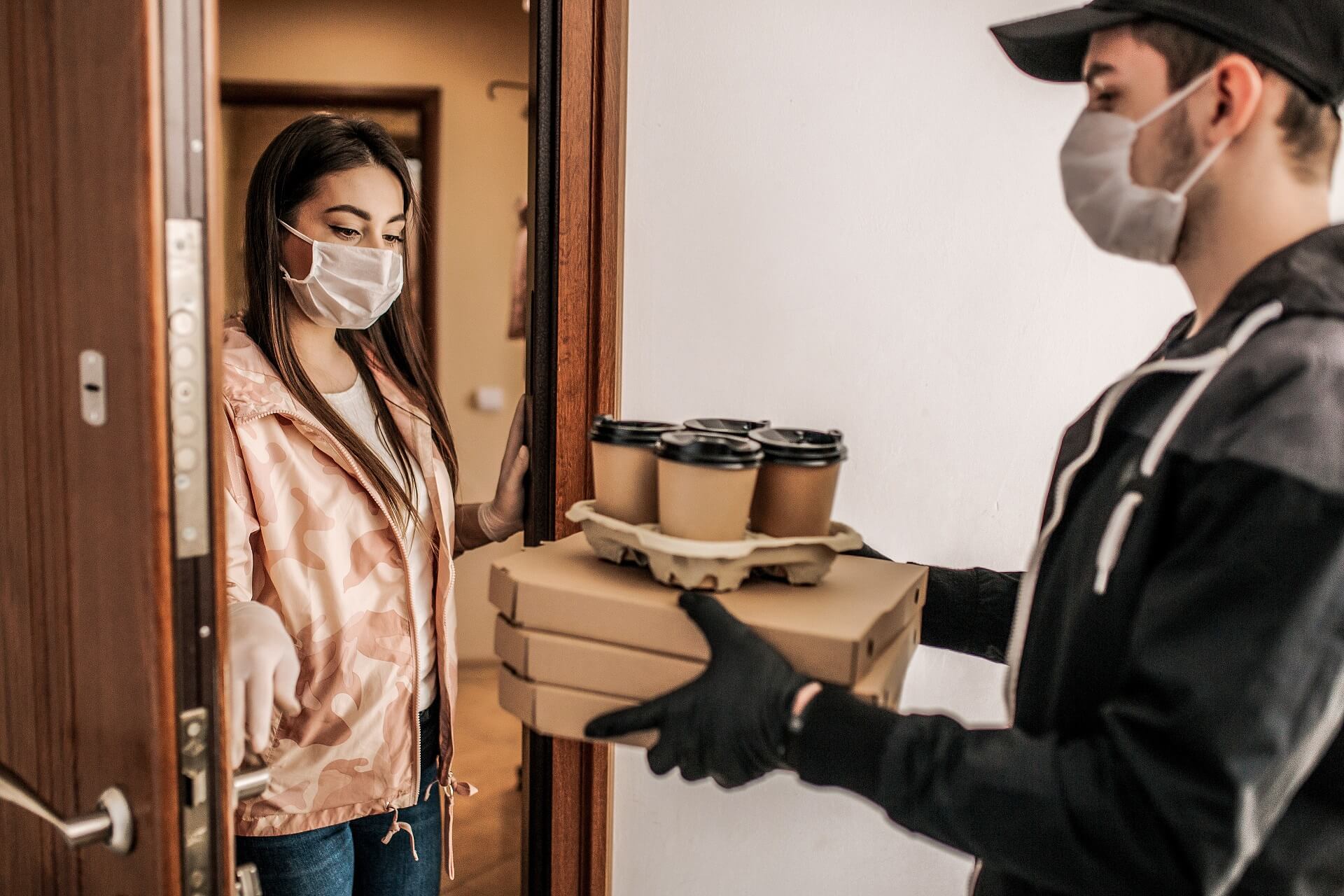
Image: Shutterstock | Hrytsiv Oleksandr
Personal connections
So, other than simply charging customers more for their food, what else will it take to change the current status quo for food delivery models – enabling them to enhance the customer experience? Bender believes “it’s really about the personal relationship built with customers, and the ServPoints™ delivered by a caring person that represent the restaurant [kitchen] brand.” He says more “effective, structured training and coaching,” is required, feeling it’s the only way to build a “company culture” and references how the book Adored: The Leader Your Team Needs You To Be by Tom Decotiis is a helpful reference point for delivery operators looking to balance convenience with a quality customer experience. Equally, can bricks and mortar restaurants possibly match the speed and ease of the pacey new food delivery models? Spiegel feels “striving for excellence and differentiation at all touchpoints will keep brands top-of-mind and may even convince the ‘delivery crowd’ to come into the restaurant when they’re ready to resume dining out.” Clearly, this is a moving feast, but the fact that experts believe there doesn’t have to be so-called trade-off between convenience and a quality experience will be heartening for ghost kitchens and food delivery operators everywhere. Quality needs to improve, especially in the ‘last mile’ of delivery itself, but with the right training and attention to detail, it’s perfectly possible to recreate a “different, better and special” food delivery experience that will have customers hitting up those apps again and again.
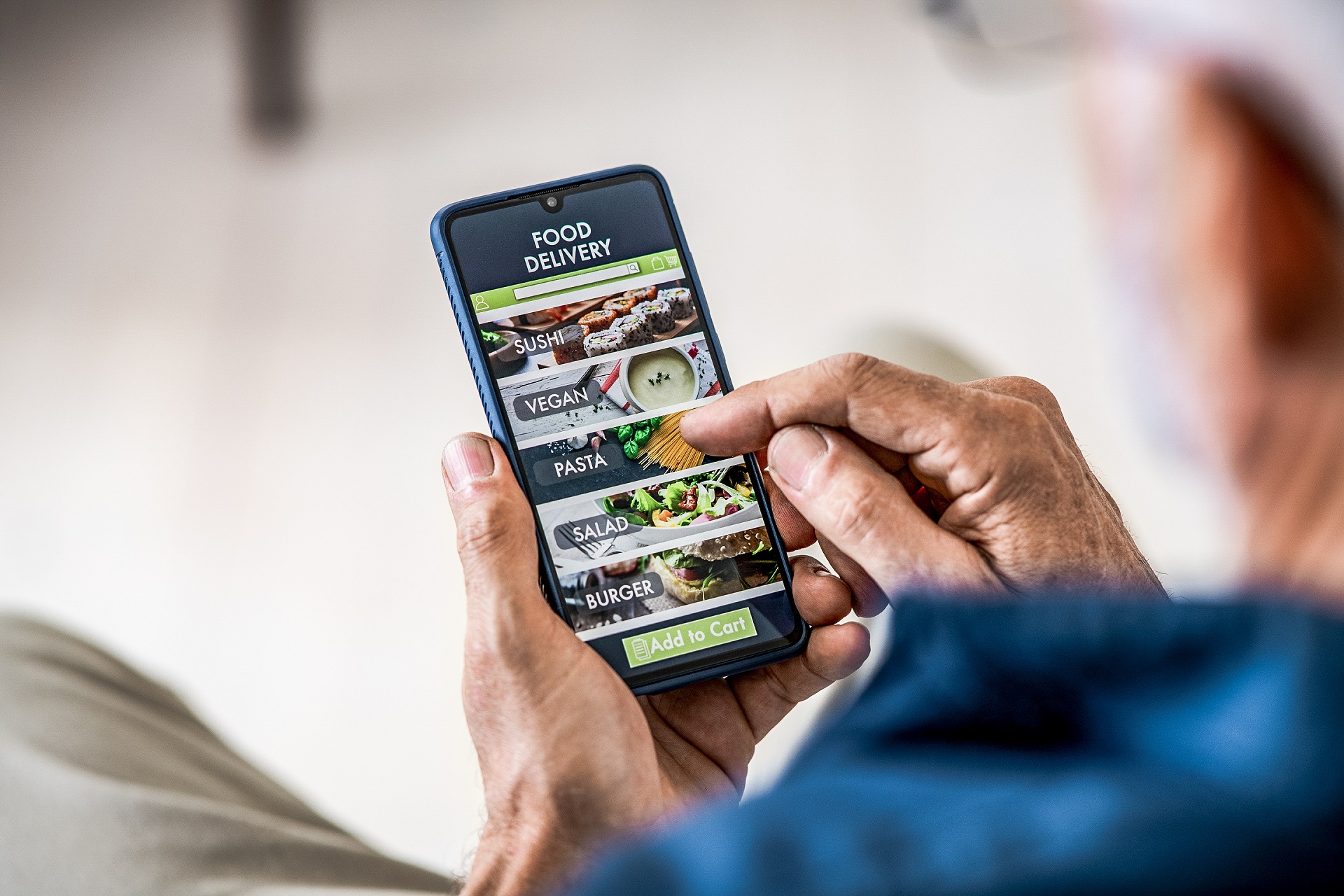
Image: Shutterstock | Rido


